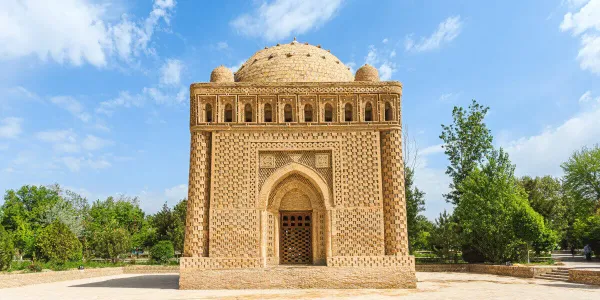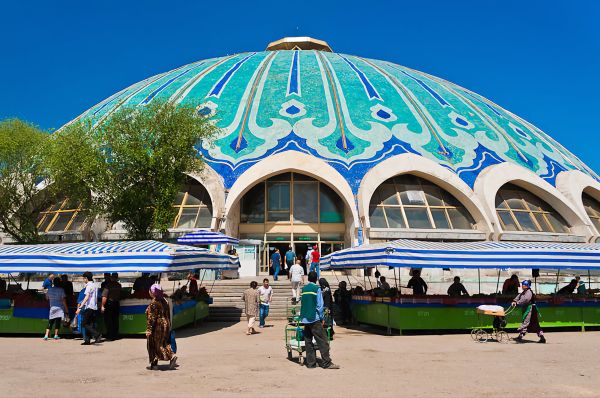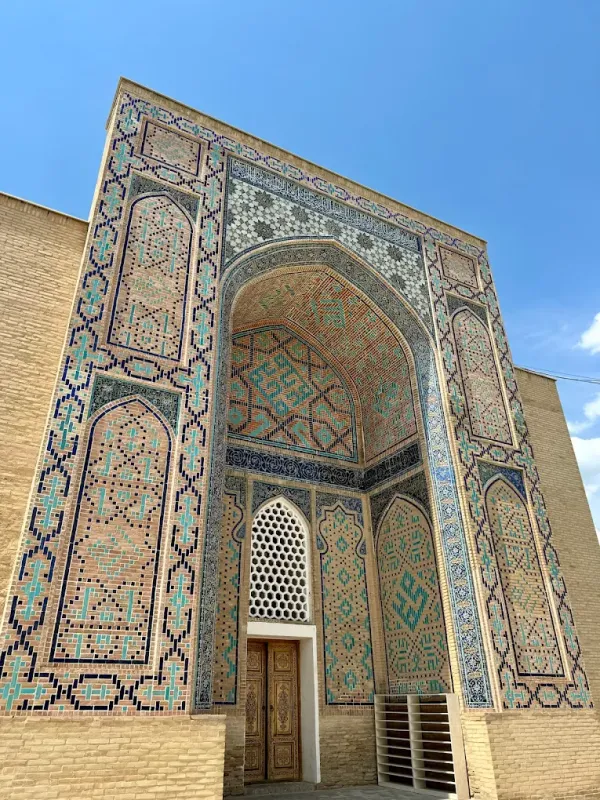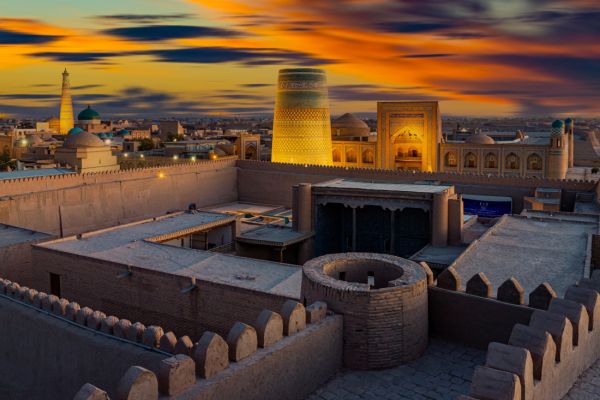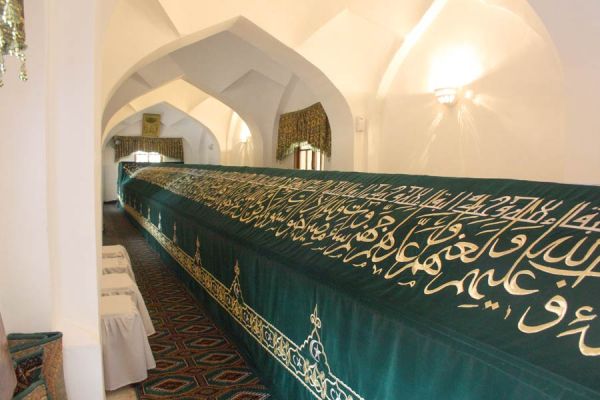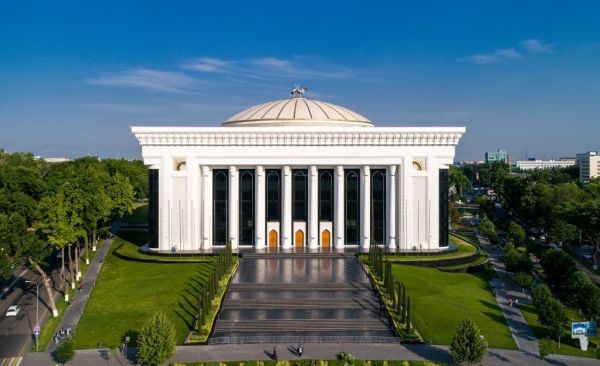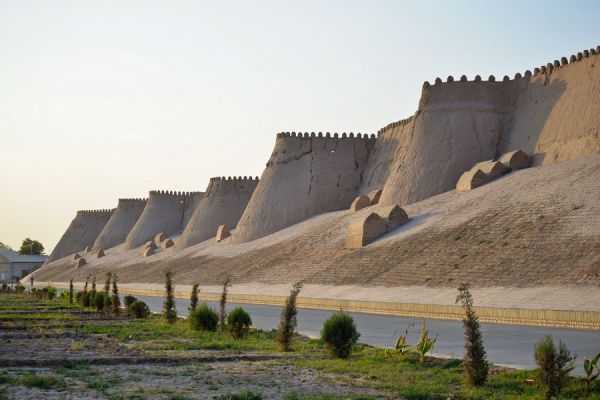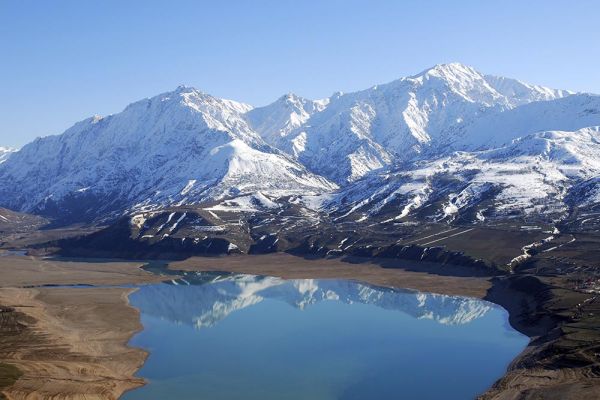Kunya-Ark
Kunya Ark — "fortress within a fortress" - the citadel of the Khiva khans. The construction of Kunya-Ark began in 1686-1688. At the end of the XVIII century, Kunya-Ark became a "city within a city" and was separated from Ichan-Kala by a high wall. At one time, the fortress consisted of the khan's chancellery, a reception hall, a harem, a winter and summer mosque, a mint and utility rooms – stables, warehouses, workshops, etc. The Kunya Ark complex, which exists today, was renovated at the beginning of the 19th century. Only a few buildings remain from the once densely built-up territory of the Kunya Ark fortress: the eastern gate with a guard room; the cell of Ak-Sheikh-Bobo; kurinishkhona - a room for receiving and registering people; summer and winter mosques and a harem.
The cell of Ak-Sheikh-Bobo, the dwelling of Saint Ak-Sheikh-Bobo, used to play the role of an observation tower, and gunpowder was stored here.
The kurinishkhona building was erected in 1804-1806. It is decorated with finely executed wooden columns, ornamental weaving of white and blue majolica.
The harem is located in the northern part of Kunya Ark. Today, only the Khan's ivan with turrets remains of its magnificent buildings. The columns of Ivan keep traces of unsurpassed Khiva carvings, and only fragments of the majolica wall cladding remain.
Muhammad Amin Khan Madrasah is the first building inside the Western Gate, which was built in 1851-1852. This is the largest madrasah in Khiva. It includes classrooms, winter and summer mosques, and a library. The architecture is designed in Uzbek national traditions. Bricks were mainly used to decorate the facade. The wood carvings that decorate the entrance doors, balconies and latticed windows of the madrasah attract the attention of tourists. On the outside is the Kalta Minor Minaret, which was built in 1853-1855. If its construction had been completed, it would have become taller than the Kalyan Minaret in Bukhara.

